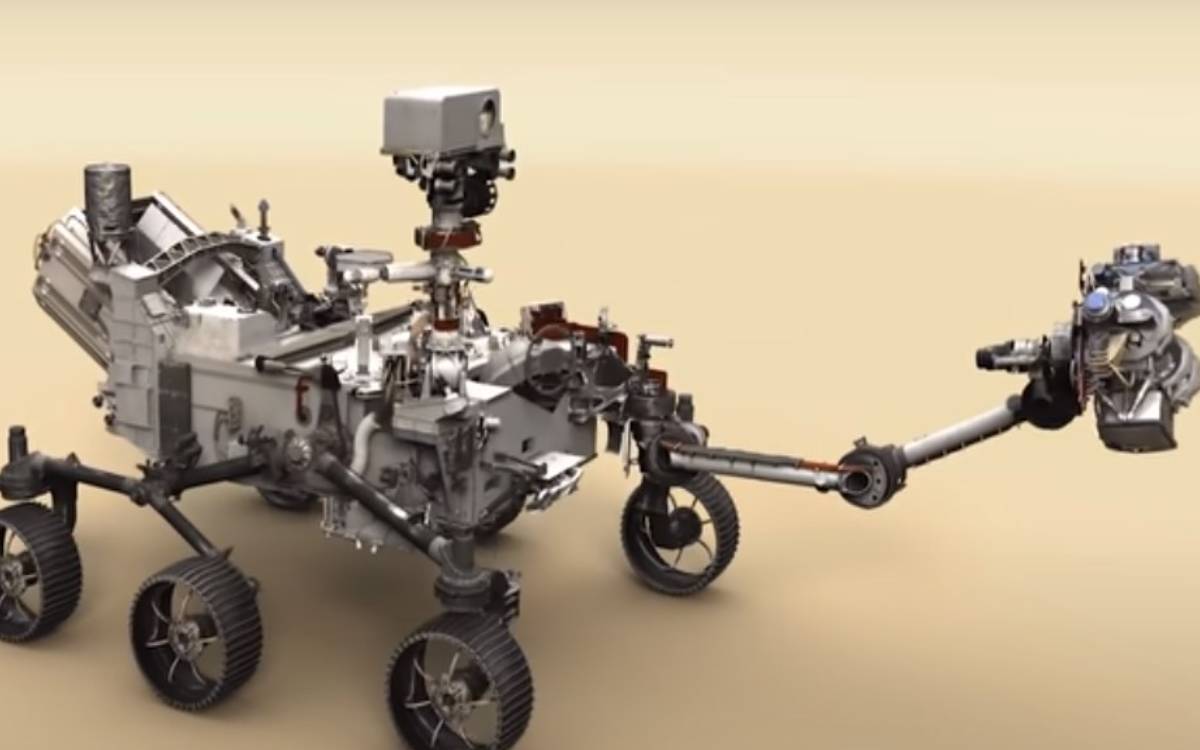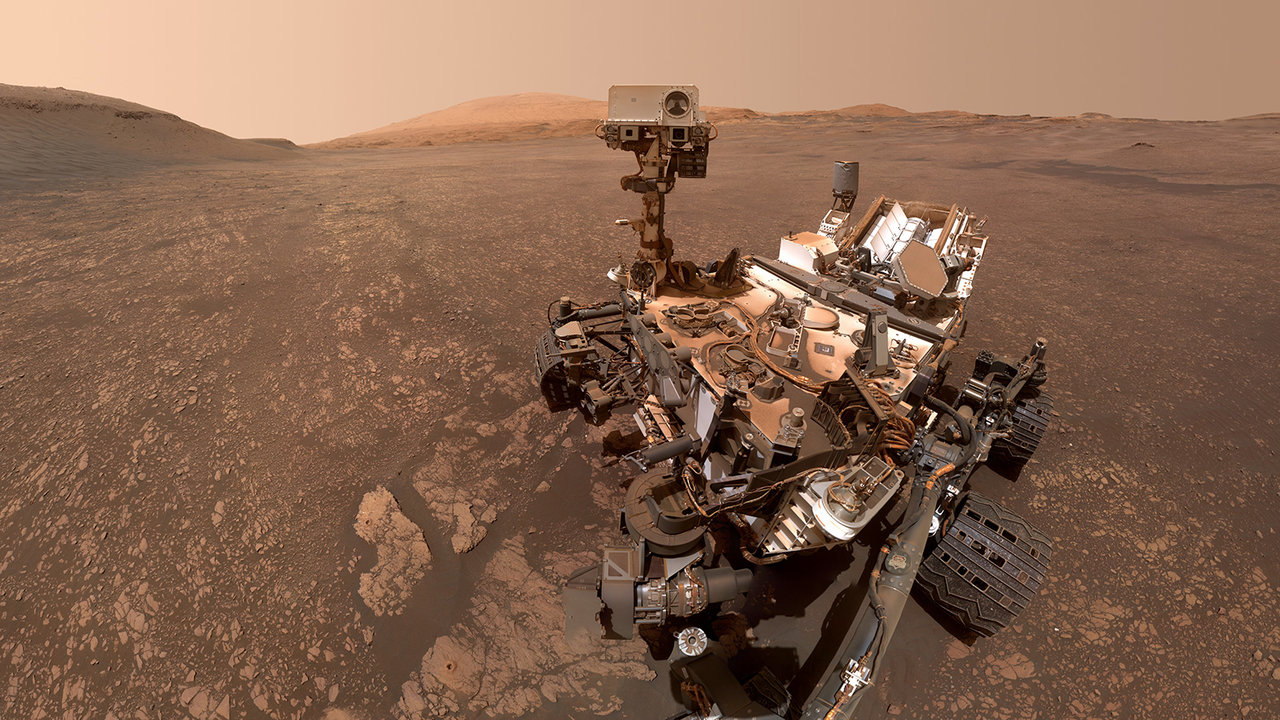

Because of this, the distance to Mars can be as little as 55 million kilometres when they are both in the same part of their orbits, or as far as 400 million kilometres when they are on opposite side of the Sun. If oxygen can be extracted from the atmosphere, it could be used in future human missions to provide oxygen to astronauts and possibly be used in other technologies such as transport systems on the planet.īoth Mars and the Earth orbit around our Sun, the Earth taking one Earth year to complete one trip, while Mars takes a little under two. It is also carrying samples of astronaut spacesuit material, testing to see whether they can withstand the harsh Martian environment.Īnother experiment called MOXIE (Mars Oxygen In-Situ Resource Utilization Experiment) is being used at various times to produce oxygen from carbon dioxide in the Martian atmosphere. Just like its detective namesake, SHERLOC is looking for the tiniest clues that could help solve the mystery of past life on Mars. These include an advanced ultraviolet scanner and microscopic camera known as SHERLOC (Scanning Habitable Environments with Raman & Luminescence for Organics and Chemicals). To complete these scientific goals, the rover has been fitted with several scientific instruments, each designed to perform different experiments or test new technology. This capability could pave the way for future human missions to Mars. Prepare for human exploration of Mars: the rover includes experimental technology that is attempting to produce oxygen from the Martian atmosphere.These ‘cached’ samples could then be retrieved during future missions to Mars and sent back to Earth where the samples can be studied in far more detail. Characterise the geology of Mars: a special drilling tool included in the rover is collecting rock samples, sealing and storing them on the Martian surface.Characterise the climate of Mars: the rover’s instruments are investigating past Martian climate conditions, and searching for ancient signs that the planet was once habitable, building on research conducted by the Curiosity rover.Determine whether life ever existed on Mars: the rover is looking for preserved signs of life in an area of Mars that may have been favourable to life in the planet’s past.The four key objectives Perseverance has are:


Perseverance is searching for signs of past and present life on Mars, as well as testing out new technologies to aid future human missions to Mars. The rover may also help with the aim of getting humans to Mars in the future with an instrument designed to produce oxygen on the Martian surface. The search for life on Mars is certainly a key objective of the Mars 2020 mission.Īccording to NASA, “The mission takes the next step by not only seeking signs of habitable conditions on Mars in the ancient past, but also searching for signs of past microbial life itself.”Īll four science objectives for the Mars 2020 mission relate to searching for signs of life on Mars, making it the first such probe with an explicit search for life built into its mission. Will NASA's Perseverance rover find life on Mars?


 0 kommentar(er)
0 kommentar(er)
